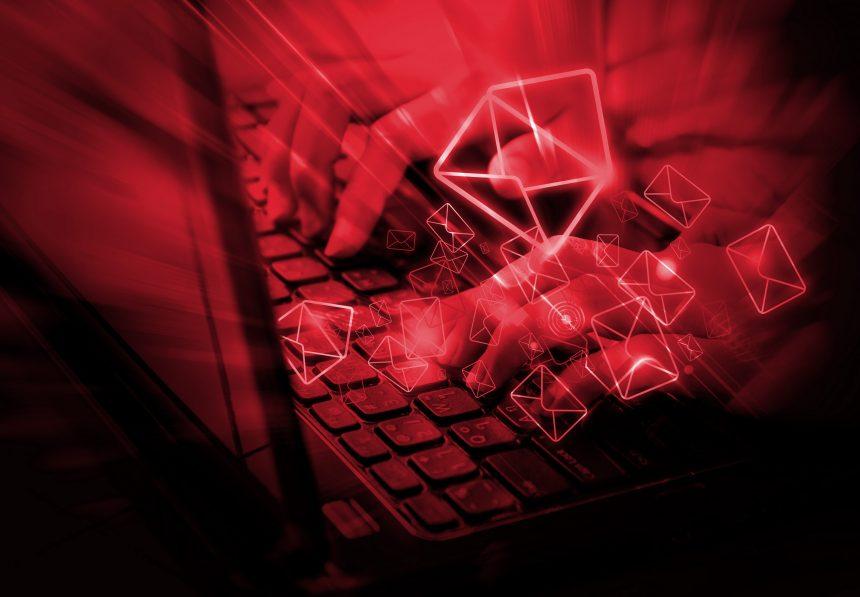The Bitcoin Email Virus stands out as a particularly insidious menace. Operating under various aliases, this malware variant leverages email as its primary vector of attack, preying on unsuspecting users who might fall victim to its deceptive tactics. Understanding the nature of this threat, its actions, consequences, and most importantly, how to remove it, is crucial in safeguarding your digital security.
The Hackers behind the threat send whats known as the 14MRXnsQhQ7LQSfKPMsESdJsEPFDyMCmMg Email:
Subject: I RECORDED YOU
Hello there!
Unfortunately, there are some bad news for you.
Some time ago your device was infected with my private trojan, R.A.T (Remote Administration Tool), if you want to find out more about it simply use Google.
My trojan allows me to access your accounts, your camera and microphone.
Check the sender of this email, I have sent it from your email account.
You truly enjoy checking out porn websites and watching dirty videos, while having a lot of kinky fun.
I RECORDED YOU (through your camera) SATISFYING YOURSELF!
If you still doubt my serious intentions, it only takes couple mouse clicks to share the video of you with your friends, relatives, all email contacts and on social networks.
All you need is $1400 USD in Bitcoin (BTC) transfer to my account (Bitcoin equivalent based on exchange rate during your transfer).
After the transaction is successful, I will proceed to delete everything without delay.
Afterwards, we can pretend that we have never met before.
In addition, I assure you that all the harmful software will be deleted from your device.
Be sure, I keep my promises!
If you are unaware how to buy and send Bitcoin (BTC) – Google: Where to buy Bitcoin (BTC), to send and receive Bitcoin (BTC), you can register your wallet for example here: www.blockchain.com
My Bitcoin (BTC) address is: 14MRXnsQhQ7LQSfKPMsESdJsEPFDyMCmMg
Yes, that’s how the address looks like, copy and paste my address, it’s (cAsE-sEnSEtiVE).
You are given not more than 48 hours after you have opened this email (2 days to be precise).
Everything will be carried out based on fairness!
An advice from me – regularly change all your passwords to your accounts and update your device with newest security patches.
The Bitcoin Email Virus: Actions and Consequences
Upon infiltrating a system, the Bitcoin Email Virus manifests in various ways, often masquerading as a legitimate email or attachment. Once opened or downloaded, it can initiate a cascade of detrimental actions, including:
- Installation of Malicious Payloads: The virus may install additional malware, such as keyloggers or ransomware, compromising the victim’s system integrity.
- Data Theft: Sensitive information, including financial data and personal credentials, may be harvested and exfiltrated to remote servers controlled by cybercriminals.
- System Degradation: The virus can significantly degrade system performance by consuming resources or modifying critical system files.
- Propagation: Utilizing the victim’s contact list, the malware can spread further, amplifying its impact across networks and organizations.
Detection Names and Similar Threats
The Bitcoin Email Virus operates under various detection names across cybersecurity platforms, including but not limited to:
- Trojan.BitcoinMiner
- Trojan.GenericKD
- W32/BitCoinMiner
- TrojanDownloader:Win32/BitMiner
Similar threats include variants of ransomware, phishing emails, and other Trojan horse malware designed to exploit user trust and system vulnerabilities.
Removal Guide
Removing the Bitcoin Email Virus requires a systematic approach to ensure complete eradication. Follow these steps carefully:
- Disconnect from the Internet: Disable all network connections to prevent further data transmission or communication with remote servers.
- Enter Safe Mode: Restart your computer and enter Safe Mode to limit the virus’s ability to operate.
- Identify Malicious Processes: Open Task Manager (Ctrl + Shift + Esc) and terminate any suspicious processes, especially those consuming high CPU or memory resources.
- Delete Temporary Files: Use the Disk Cleanup tool to remove temporary files and clear cache directories where the virus may be hiding.
- Scan and Remove Malware: Utilize reputable antivirus software to perform a full system scan and remove any detected threats. Ensure your antivirus definitions are up to date for optimal detection.
- Manual Removal (Advanced Users): For advanced users, manually search for and delete any suspicious files or registry entries associated with the virus. Exercise caution to avoid inadvertently damaging system files.
- Reset Browsers: Reset your web browsers to default settings to remove any malicious extensions or settings added by the virus.
- Update Security Software: Ensure your antivirus software and operating system are up to date with the latest security patches and definitions to prevent future infections.
Preventing Future Infections
To mitigate the risk of future infections by the Bitcoin Email Virus and similar threats, consider implementing the following best practices:
- Exercise Caution with Email Attachments: Avoid opening attachments or clicking on links from unknown or untrusted sources.
- Keep Software Updated: Regularly update your operating system, antivirus software, and other applications to patch known vulnerabilities.
- Use Strong Passwords: Utilize complex, unique passwords for all accounts and enable two-factor authentication where available.
- Educate Users: Educate yourself and others about common cybersecurity threats, such as phishing scams and social engineering tactics, to recognize and avoid them.
By adopting these proactive measures, you can significantly reduce the likelihood of falling victim to the Bitcoin Email Virus and safeguard your digital assets and privacy.





